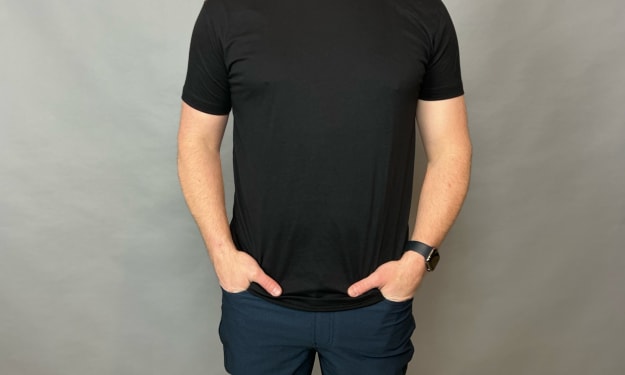Fashion and Culture:
The Ever-Evolving Connection

Introduction:
Fashion and culture are two interconnected realms that have influenced and shaped each other for centuries. They have the power to reflect societal values, traditions, and beliefs, while also providing individuals with a means of self-expression. This dynamic relationship between fashion and culture has given rise to diverse styles, trends, and movements that transcend geographical boundaries. In this blog, we will delve into the fascinating world where fashion
and culture intertwine, exploring how they have evolved together and continue to inspire one another.
Cultural Influences on Fashion:
Fashion has always been influenced by the rich tapestry of cultures found across the globe. Traditional clothing, rituals, and historical events have served as significant sources of inspiration for designers and fashion enthusiasts alike. From the vibrant colors and intricate patterns of traditional Indian saris to the elegant kimono of Japan, cultural heritage has left an indelible mark on the fashion landscape.
Moreover, cultural movements have played a vital role in shaping fashion trends. The bohemian style of the 1960s, influenced by the counterculture movement, embraced free-spiritedness, colorful patterns, and unconventional clothing choices. Likewise, the punk subculture of the 1970s and '80s gave birth to a rebellious fashion aesthetic characterized by ripped clothing, leather jackets, and bold accessories.
Fashion as Cultural Expression:
Fashion serves as a powerful form of self-expression, allowing individuals to communicate their identity, beliefs, and affiliations to the world. It acts as a visual language, speaking volumes about a person's culture, subcultures they belong to, and even their political and social ideologies.
In recent years, there has been a growing emphasis on cultural inclusivity and representation in the fashion industry. Designers have started incorporating diverse influences and celebrating underrepresented cultures, breaking down barriers and challenging societal norms. This push for cultural diversity has led to a more inclusive and representative fashion landscape, giving individuals from various backgrounds a platform to express their heritage and be seen.
Fashion's Influence on Culture:
While culture has a significant impact on fashion, the reverse is also true. Fashion trends and movements have the power to shape and redefine culture, transcending mere clothing choices. They can challenge societal norms, break down barriers, and pave the way for social change.
For instance, the feminist movement has utilized fashion as a tool for empowerment and liberation. Women's fashion has evolved from restrictive corsets to more comfortable and practical garments, reflecting the changing roles and aspirations of women in society. Fashion has become a symbol of self-confidence and independence, providing women with a means to challenge societal expectations and express their individuality.
The Globalization of Fashion:
In today's interconnected world, fashion has become a global language that transcends cultural boundaries. With the advent of technology and the ease of travel, fashion trends spread rapidly across continents, leading to a fusion of styles and the emergence of a global fashion culture.
Cultural appropriation, however, remains a contentious issue in the fashion industry. The borrowing of elements from another culture without proper understanding or respect can perpetuate stereotypes and disrespect the cultural significance behind certain garments or accessories. It is essential for fashion enthusiasts and designers to approach cultural exchange with sensitivity and educate themselves to ensure appreciation rather than appropriation.
In conclusion, the relationship between fashion and culture is symbiotic. Fashion draws inspiration from culture, enabling individuals to express their cultural identity, while culture influences fashion through its customs, beliefs, and historical context. The interplay between fashion and culture is a dynamic process, continually evolving and reflecting the ever-changing landscape of society. By appreciating and embracing cultural diversity, fashion becomes a powerful tool for unity, expression, and social transformation.
Conclusion:
Fashion and culture share an intricate relationship that continues to evolve with time. They influence and inspire each other, creating a dynamic and diverse fashion landscape. Fashion acts as a canvas for cultural expression, enabling individuals to communicate their identity and heritage. Simultaneously, cultural influences shape fashion trends and movements, challenging norms and redefining societal perceptions. As we move forward, it is crucial to embrace cultural inclusivity, foster respect, and appreciate the rich diversity that fashion and culture offer.
About the Creator
AKHTAR JABBAR
hi,
I am Akhtar Jabbar, Blogging oh fashion, entertainment and news industry is my passion. and I love writing.
always open for feedback.
thanks.






Comments
There are no comments for this story
Be the first to respond and start the conversation.